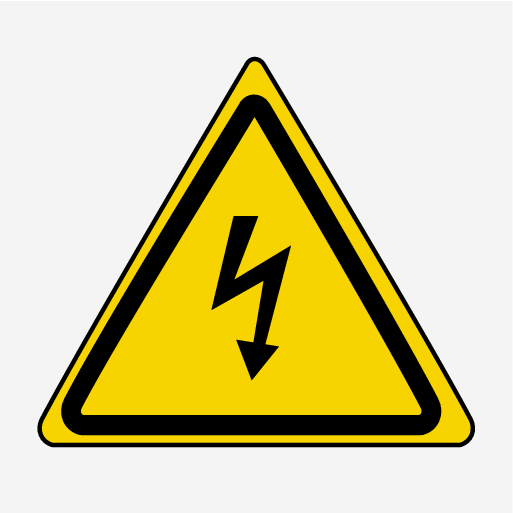General information about electric vehicles
The instrument panel and center display show information specific to electric operation – charging information, distance to discharged battery and charge level of the high-voltage battery.
In order to function, the high-voltage battery and its electrical drive systems must be at the correct operating temperature. Battery capacity can be considerably reduced if the battery is too cold or too hot. By preconditioning the vehicle using the charging cable connected to an electrical outlet, the vehicle's drive systems and passenger compartment are prepared before driving to reduce both wear and tear and energy needs while driving.
The high-voltage battery that powers the electric motors is recharged using the charging cable, but can also be recharged during light braking.
Important
Warning
No electrical current
Keep in mind that if there is no electrical current to the vehicle, i.e. the ignition is switched off or the start battery is discharged, certain functions such as power brakes, power steering, etc. will be limited.
Warning
Exterior engine noise
High-voltage electrical current

Warning
Do not touch anything that is not clearly described in this Owner's Manual.